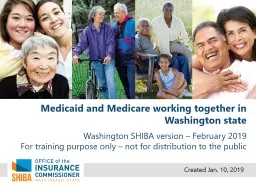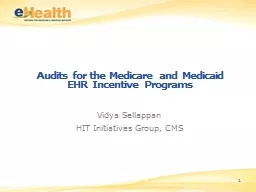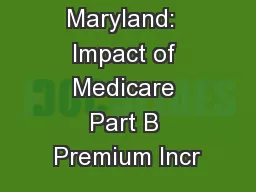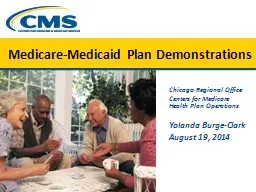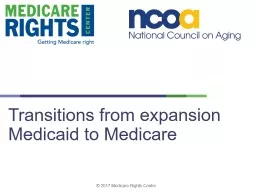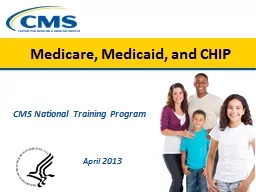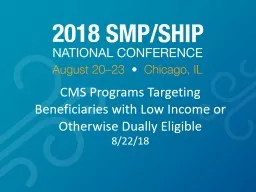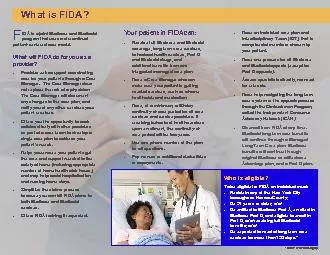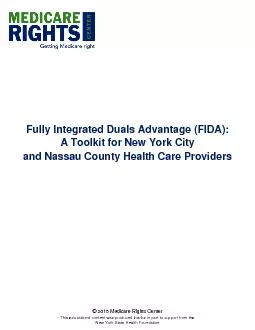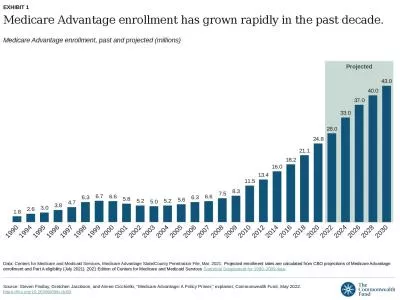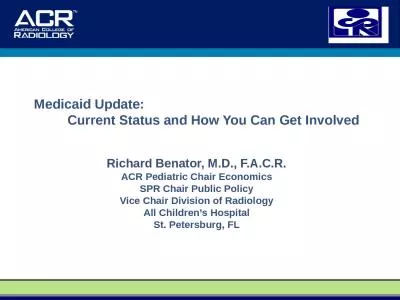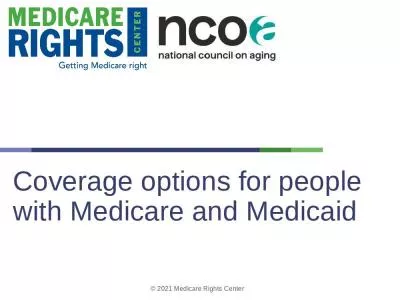PPT-Medicaid and Medicare working together in Washington state
Author : kittie-lecroy | Published Date : 2019-06-29
Washington SHIBA version February 2019 For training purpose only not for distribution to the public Created Jan 10 2019 Learning objectives January 18 2019 Medicaid
Presentation Embed Code
Download Presentation
Download Presentation The PPT/PDF document "Medicaid and Medicare working together i..." is the property of its rightful owner. Permission is granted to download and print the materials on this website for personal, non-commercial use only, and to display it on your personal computer provided you do not modify the materials and that you retain all copyright notices contained in the materials. By downloading content from our website, you accept the terms of this agreement.
Medicaid and Medicare working together in Washington state: Transcript
Download Rules Of Document
"Medicaid and Medicare working together in Washington state"The content belongs to its owner. You may download and print it for personal use, without modification, and keep all copyright notices. By downloading, you agree to these terms.
Related Documents

